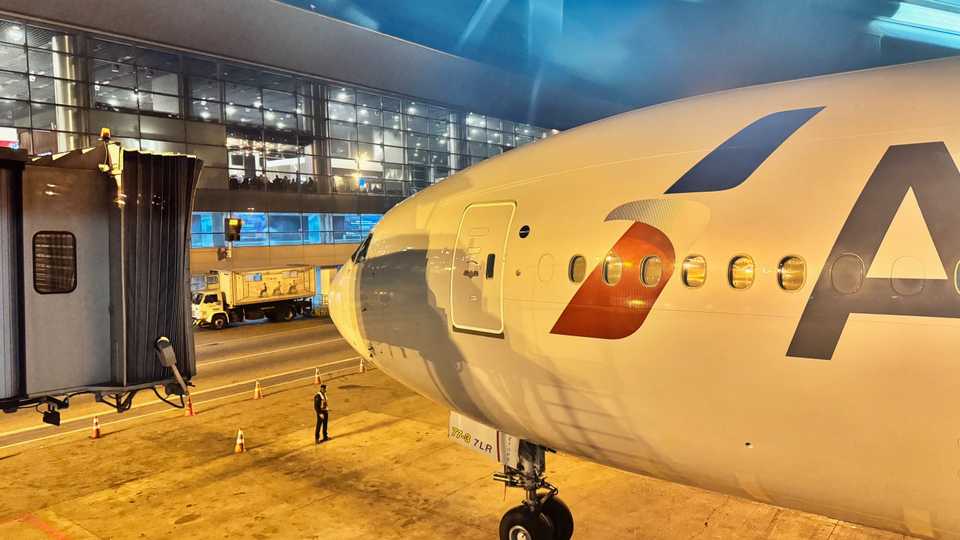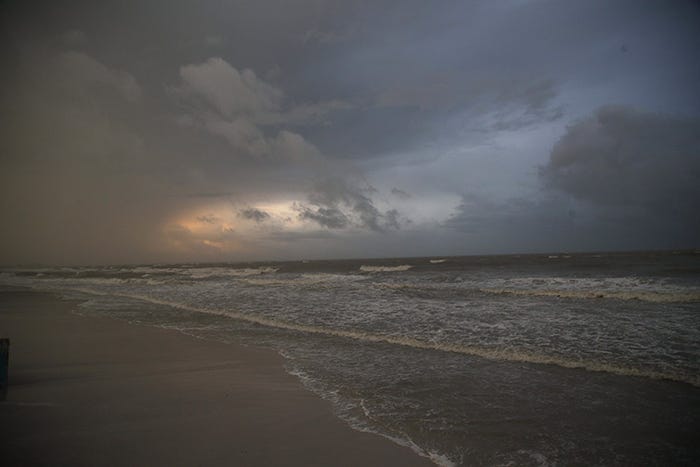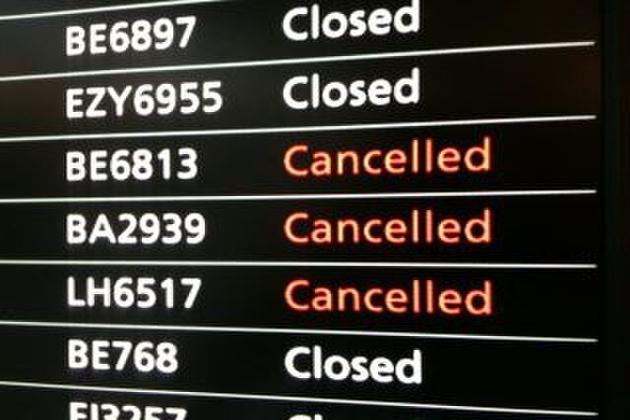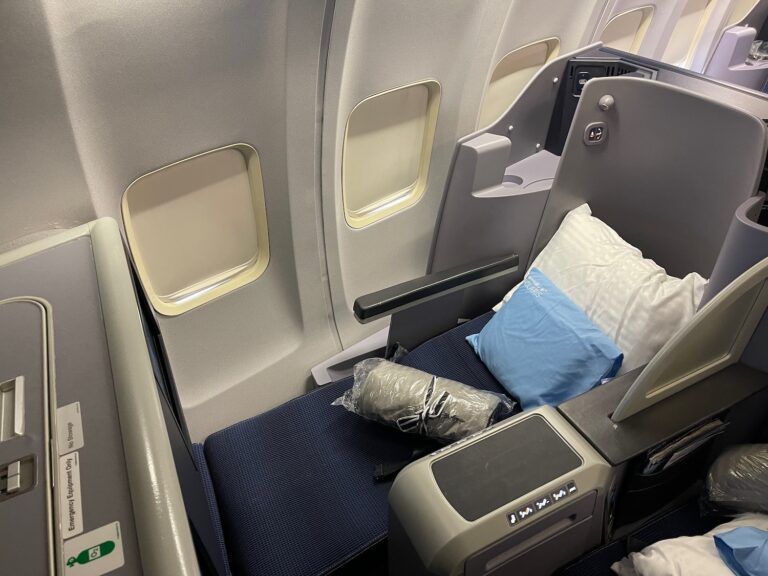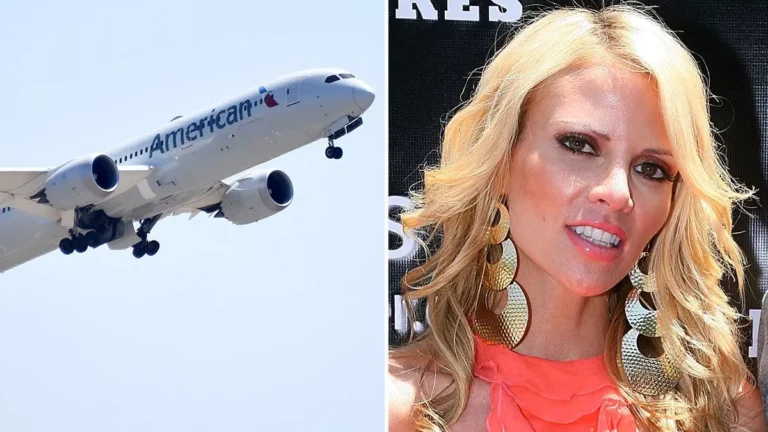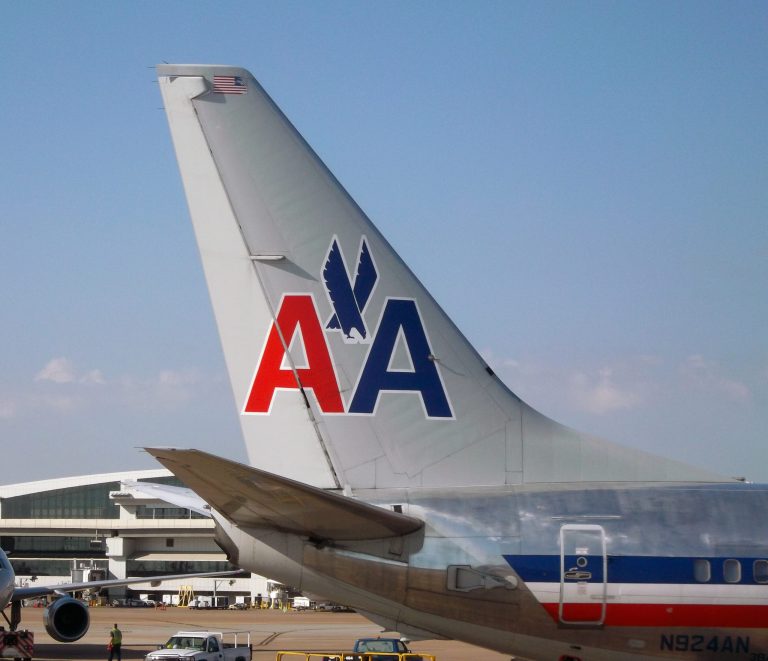Flight Review: American Airlines Boeing 777-300ER Main Cabin From São Paulo To Miami
from São Paulo to Miami. My ticket was purchased the morning of the flight while I was already in the airport as I was forced to cancel two other flights due to unclear travel requirements. I did not use the typical booking processes, airline app, airline website, or travel agent, but rather, I booked my ticket over the phone because I was using a travel credit from another ticket. The booking process was seamless with the customer service agent on the phone.As I was already inside the airport and checked in online, I did not go to the airline counters. If I wanted to exit the secure side of the airport, I would have been required to go through immigration and customs, so I spent the entire day inside the terminal and took advantage of my Priority Pass access.
Flight AA930 is the first of two daily flights from Aeroporto Internacional de São Paulo-Guarulhos to Miami International Airport and departs at 21:25. Our boarding time was 20:35 at gate 322 and boarding began two minutes ahead of schedule. At the gate, the boarding area was a mess because the airline only had two signs, one for groups 1-4 and the other for groups 5-9. Because of this, people bunched up around the gate and when I walked up, I did not know which group was boarding. The airline did have one staff member calling out one group at a time.I walked over to the gate at 20:43 and by 20:49 I was at the aircraft door and about to board. The aircraft for the flight was a Boeing 777-300ER, the only widebody aircraft type in American’s fleet with the Flagship First seats. But unfortunately, I was not sitting in a premium cabin, and after turning right after entering, I walked through Business (wishing I was sitting there), Premium Economy, and eventually reached my seat, which was 35L. I was originally seated in an aisle seat near the very rear of the plane, but managed to change my seat to a window right before boarding.
On every seat in economy, American laid out a pillow and blanket. Every economy seat was equipped with an inflight entertainment (IFE) touchscreen and a removable remote was located right under it. Oddly enough, the in-seat 110V power was located directly under the screen, instead of under the seats, like most aircraft. In addition to the 110V universal power, there was a USB type A socket directly under the IFE screen. The legroom for the seat felt average for most planes.After boarding, I quickly placed my carry-on bag in the overhead bin and took my seat. There was a gentleman seated in the aisle, and we started chatting while hoping that no one would take the middle seat. At 21:21, four minutes ahead of schedule, we began our pushback. After taxiing to the runway for a few minutes, and at 21:36 we lined up and took off from São Paulo. Shortly after takeoff, the captain announced that the flight time would be less than eight hours and that we were due for an early arrival
After I finished my meal and the cabin crew collected the service items, I went to the lavatory to brush my teeth to get ready for some sleep. By 11:24, I was ready for some shut-eye and saw that we had over six hours to go until landing. By the time I woke up at 03:43 (04:43 Brazil time), the crew had already gone past me with the “breakfast” and were coming by with the drink options. They had been so kind as to place my “breakfast” on the tray table of the seat next to me while I had been asleep.Less than ten minutes after takeoff, the aircraft’s WiFi connectivity was turned on. As seen in the screenshots below, American’s network is called AA-Inflight and requires going to aainflight.com to choose the connectivity package. For our flight, American offered nothing for free, not even messaging, which is common across many carriers. There was a two-
hour pass for $25, or for just $4 more, one could purchase a pass for the entire flight.
Less than ten minutes after takeoff, the aircraft’s WiFi connectivity was turned on. As seen in the screenshots below, American’s network is called AA-Inflight and requires going to aainflight.com to choose the connectivity package. For our flight, American offered nothing for free, not even messaging, which is common across many carriers. There was a two-hour pass for $25, or for just $4 more, one could purchase a pass for the entire flight.
Flight attendants began the inflight service at 22:16, starting with Premium Economy, and by the time they made it to my seat, it was already 22:50. We were offered beef or pasta, instead of the usual “chicken or pasta.” And since the pasta meal usually does not have protein, I choose the meat. The meal appeared to be some sort of beef cooked in a sauce, some quinoa, and, I believe, mashed polenta. We were served a piece of bread and a small side salad, as well as some cream crackers and some sort of coconut dessert, which I did not have. I chose to drink Guaraná Antarctica, which is one of Brazil’s most popular sodas, and Benedito, the flight attendant serving us, gave me a whole can.After I finished my meal and the cabin crew collected the service items, I went to the lavatory to brush my teeth to get ready for some sleep. By 11:24, I was ready for some shut-eye and saw that we had over six hours to go until landing. By the time I woke up at 03:43 (04:43 Brazil time), the crew had already gone past me with the “breakfast” and were coming by with the drink options. They had been so kind as to place my “breakfast” on the tray table of the seat next to me while I had been asleep.The reason I put “breakfast” in quotation marks is that it was more like a snack. In the bag that was passed out, there was a mini croissant with turkey, cheese, and, I believe, some cream cheese. I was not a huge fan and only ate about half. It also included a granola bar from Brazil that was banana and honey-flavored. Four minutes later, the captain came on and announced that we had begun our initial descent into the Miami area and that we would arrive by 04:20, 35 minutes ahead of schedule.Twenty minutes before landing, an informational video about the United States entry process was played on the inflight entertainment screens. By 04:21, we were on the ground, and within a few minutes, we had parked at our gate. Getting through Immigration and Customs was a breeze for me as it was an early arrival and the Global Entry lane had just opened. There were no passengers in front of me and I took advantage of the Global Entry app, which allowed me to skip the kiosk and simply show the officer my phone. Within minutes, I was landside and getting ready for my connection.
I have flown on several airlines between the US and Brazil, like United Airlines, Delta Air Lines (years ago), Azul Linhas Aéreas, Aeromexico, and COPA Airlines. Of the more recent airlines, I would rank American at the bottom. This is not because I did not like American, but there were things on the other carriers that beat American. Every single one of the Latin American carriers I would rank above the US airlines because of the friendliness of the staff.
I rank United above American because its app is miles better than American’s, I like its IFE user interface more, and I love the interior of United’s aircraft. Where American wins “bonus” points is that it serves Guaraná Antarctica, which makes my Brazilian heart happy. Overall, I would still choose American to connect between the two countries, as my experience was fine.
N
